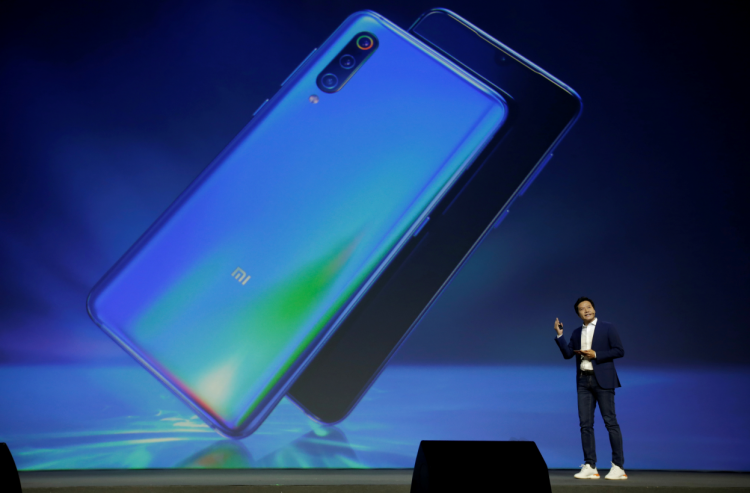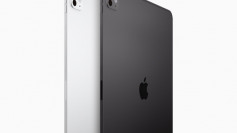More good news coming from China as three of the country's biggest smartphone makers are collaborating to create a new wireless transfer protocol compatible with their respective devices.
Android-based MIUI by Xiaomi, Oppo's ColorOS, and FuntouchOS by Vivo, will all have this system that is similar to iOS' AirDrop. Xiaomi's official MIUI account at WeChat delivered the good news.
To pair the devices, the protocol will use Bluetooth and would allow transfer speeds of up to 20 MB per second. Like AirDrop, it uses WiFi on the backend. According to Xiaomi, other smartphone makers are welcome to join the collab. By the end of August, a beta version of the system is going to be released.
Though the three brands have invited other companies to join, it's unlikely that Huawei takes part of it. After all, the company is building its own ecosystem and has always felt that it has to distance itself from competitors, mainly, other Chinese brands. But that's not to say that Huawei doesn't see Samsung or Apple as competitors too. It's safe to say though that Xiaomi, Oppo, and Vivo are teaming up with Huawei in mind.
It is Huawei, after all, which has recently launched its own operating system and ecosystem in China, and the Shenzhen tech giant has also ridden a wave of patriotic sentiments in recent months to increase its market share in China at the cost of other brands over the last quarter.
In the past, Google also attempted to launch a wireless transfer protocol with varying success. In 2011, Android 4.0 came with Android Beam, which worked with NFC for pairing devices. However, it is going to be removed when Android Q ships.
Files by Google, known as Files Go in the past, also offers transfers via Bluetooth pairing, while the upcoming Android Q will have a Fast Share system in its share sheet.
It is understood that Fast Share is part of Google Play services, which is likely why Xiaomi, Oppo, and Vivo are collaborating to launch their own version. The three tech giants, after all, make up for half of the Chinese smartphone market at 49 percent last quarter.
This means they have quite a massive user base relying Android that's not based on Google. We're yet to find out if Huawei will jump on board, or continue to focus on creating systems on its own. But for a business move, it is quite tempting.



